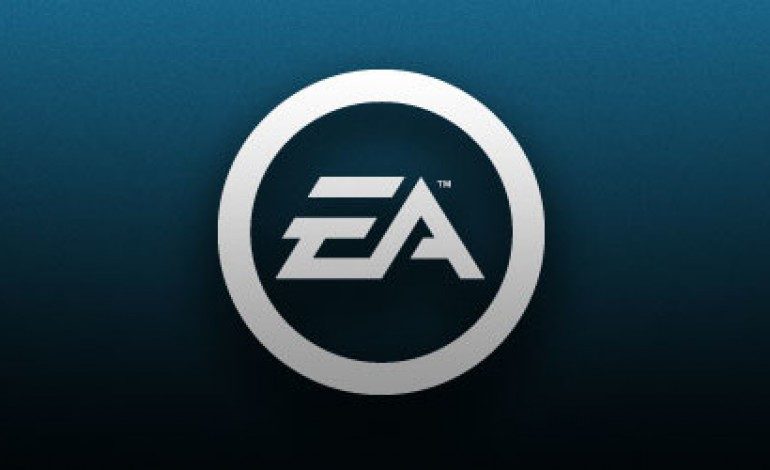

Downloadable content, or DLC, is often viewed by gamers as a kind of necessary evil. Most players dislike paying for extra content that they feel could have been released with the initial game, but acknowledge that DLC can also prolong a game’s lifespan (for better or for worse) and provide developers with more revenue to produce new content. Considering PR disasters like Turtle Rock Studios’ Evolve, which attracted much ire from gamers earlier this year due to what many felt were predatory DLC practices that prioritized selling extra content over refining Evolve’s base gameplay, the general gaming population’s distrust of DLC is understandable. But an earnings report released by EA earlier this week suggests that DLC isn’t going away any time soon. In fact, it will likely become more prevalent than ever.
The earnings report shows that in the second fiscal quarter of 2014, EA made $55 million off full game downloads. They made over twice that amount off DLC – which grew by 27% that year – with a whopping $127 million in revenue. The graphic below, which is included in the earnings report, predicts that the revenue gap between full game downloads and DLC will only widen by 2016.
The gaming industry’s financial oracles are not limited to just console and PC releases, either. EA’s report coincides with a statement released last October by mobile game developer Ironhide Game Studios, which addressed the Studio’s income from DLC in response to player complaints about microtransactions.
For some gamers, this announcement spells doom and gloom. For those within the gaming industry, the announcement opens doors for new moneymaking opportunities. In any case, we can expect to see more DLC for our games in the months to come. How game developers will employ the DLC framework, and how they will negotiate with gamers to reach new understandings on the traditionally touchy subject, remains to be seen.
Play games, take surveys and take advantage of special offers to help support mxdwn. Every dollar helps keep the content you love coming every single day.

